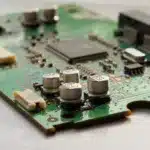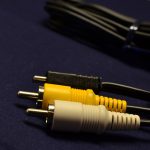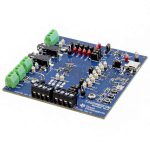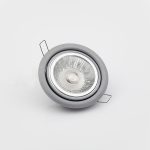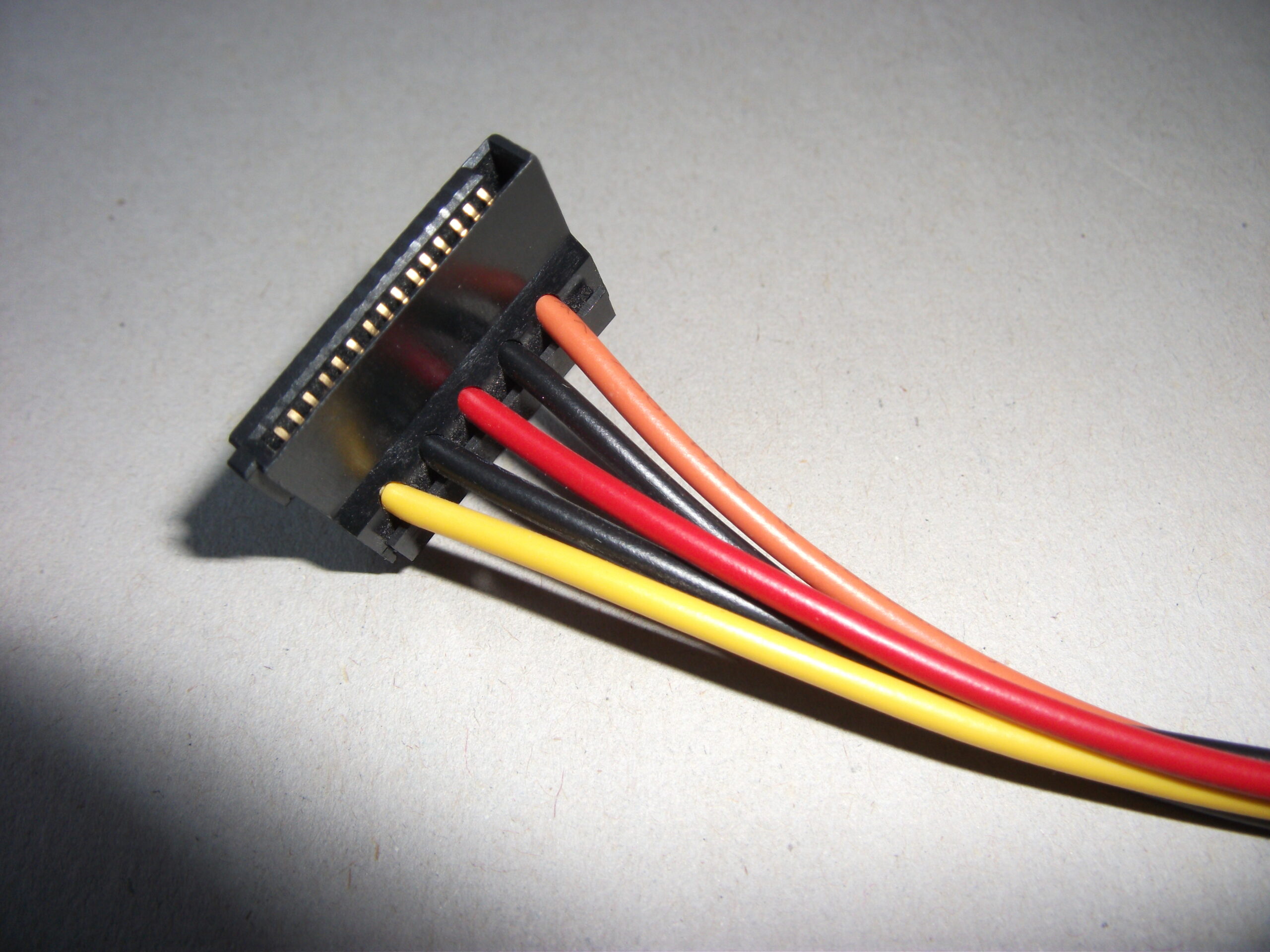
SATA Cables: A Brief Introduction
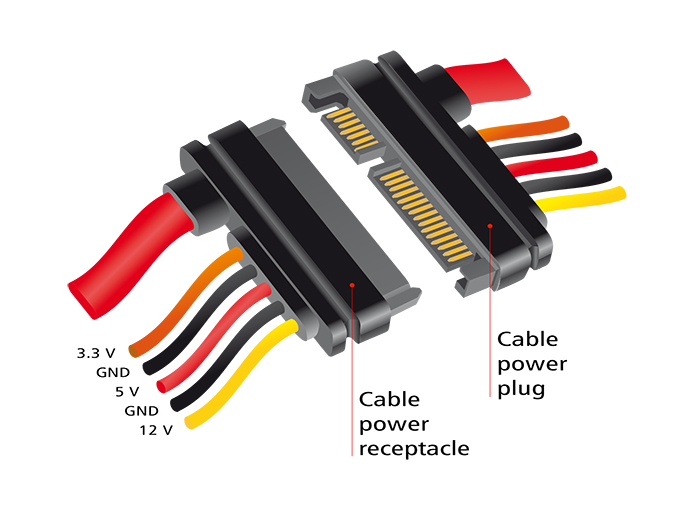
SATA stands for Serial Advanced Technology Attachment, which are serial ATA cables, also known as SATA data cables, designed to transfer data at very high speeds (up to 1.5 to 6 GB/Sec) by connecting a great range of storage drives, including hard drives, optical drives, and solid-state memory drives to computers’ motherboards. The bespoke cables are an interface technology that suits a variety of computer bus connections in storage uses. Using a process called hot-swapping or hot-plugging, SATA cables connect or disconnect distinct devices within a computer while running the system during the process. It means the operating systems auto-recognise the added devices without restarting the system. Additionally, these cables come in varied types and lengths with multiple benefits and applications.
Benefits of SATA Cables:
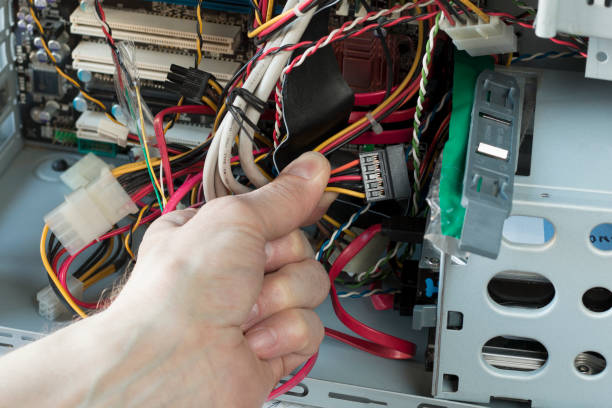
Due to their versatility, support, compatibility, and excellent performance efficiency, SATA cables are mostly the ideal choice among different users. Furthermore, the bespoke cables also provide increased airflow and support a range of drivers. They offer various advantages, such as:
- Cable Management –
SATA cables are thinner than other versions of related cables enabling them to control, manage, and keep the supporting system clean and organised.
- Data Transfer Speed –
Due to the increased SATA’s data transfer speed, it is easy to load heavy and large files such as games, pictures, and other programs at a very high speed.
- Expanded Length-
SATA cables feature a maximum length (up to a meter long) and are longer.
- Drive Support –
SATA usually features 4 to 6 SATA connections allowing the support and connection of several hard drives simultaneously.
Installation of SATA Cables for Hard Drive Applications:
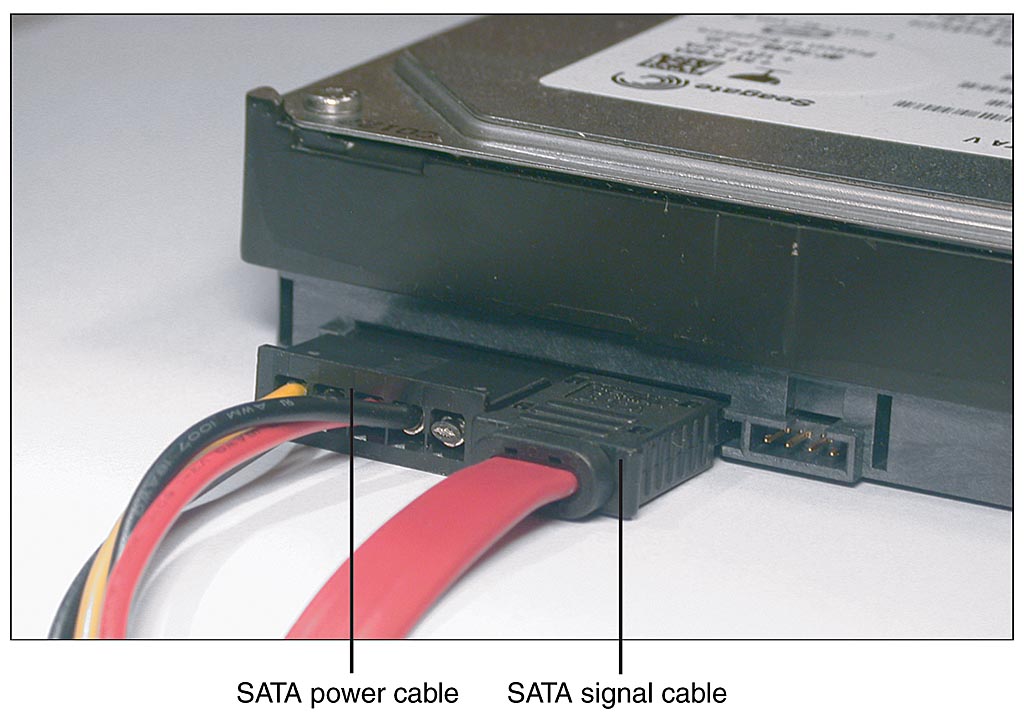
Installing SATA cables safely and precisely using a simple process is crucial. However, the installation methods are greatly dependent on the bespoke cable applications. It is unnecessary to address the existing hard drive if you add additional storage via a SATA cable. Instead, use the following steps:
- First, carefully insert the new HDD into an empty bay within the PC case to enable better airflow and to ensure the connection ports are in access.
- Secure the drive-in position, then connect the SATA cable to the HDD’s port by connecting the cable’s alternate end to the motherboard.
- Next, ensure the primary drive must connect to the lowest SATA port in the motherboard (SATA 1 or 0) and complete the process by securely connecting all the connections.
- Finally, close the PC casing, format the drive (new one), or reinstall the system when required with safety.
Two Main Types of SATA Cables:
The two major SATA cable types include:
SATA Power Cables
SATA power cables supply power to various devices and systems and feature connectors with various pins. A power cable typically includes 15 pins that operate hand-in-hand with varying voltages to conduct power in parallel. Additionally, these cables also carry round, thin wires for direct insertion within connectors.
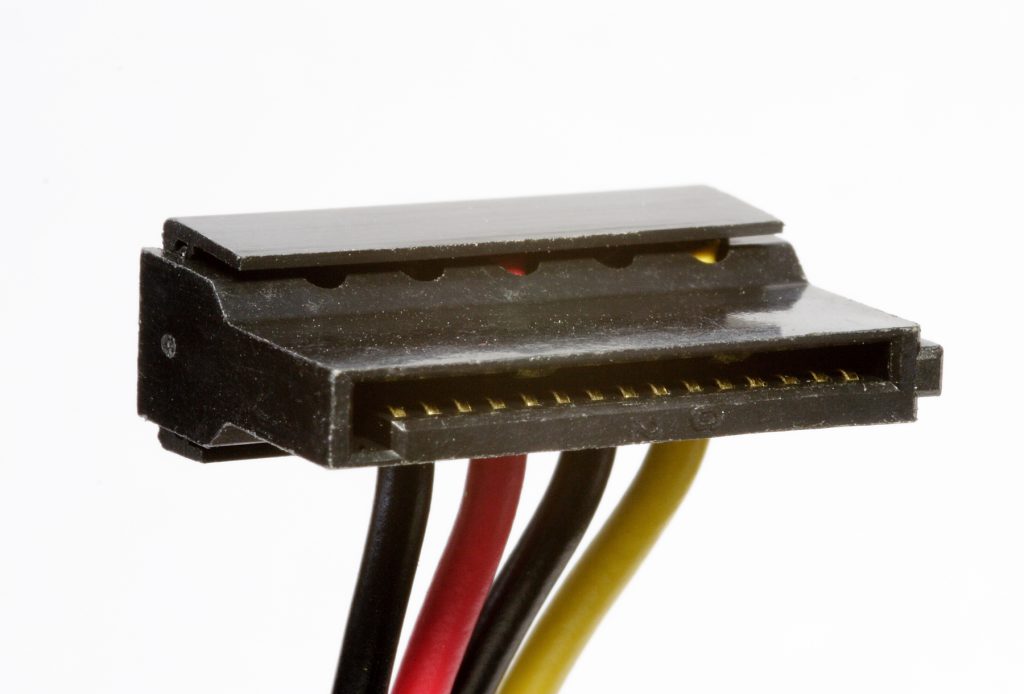
SATA Data Cables
These cables are designed to transmit and facilitate data transfer faster by connecting various hard disks to the motherboards of computers. To simplify the definition, these data cables house seven pins that connect to the motherboard at one end to the hard disk’s port. In contrast to power cables, SATA data cables are compact and thinner in their designs and looks. Additionally, certain data cables have angled connectors for easy connection to the storage systems in tight environments.
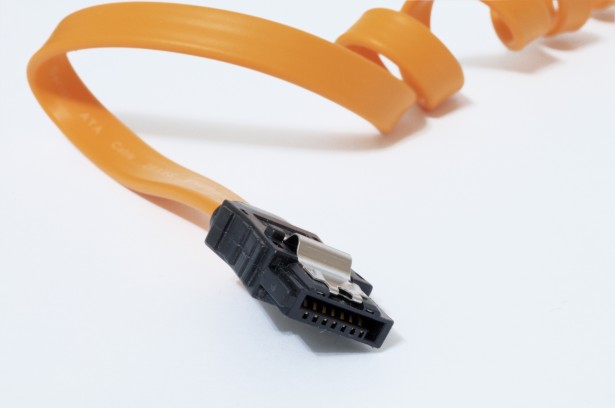
Other Types of SATA Cables Include:
SATA to USB Cables
In order to connect SSD drives to a computer through a USB port, SATA to USB cables are quite useful to streamline the data transfer process or extend the storage space of portable devices like laptops. They are designed to plug into devices that lack external storage devices. They are best for files to be backed off from devices that do not reboot or turn on anymore.
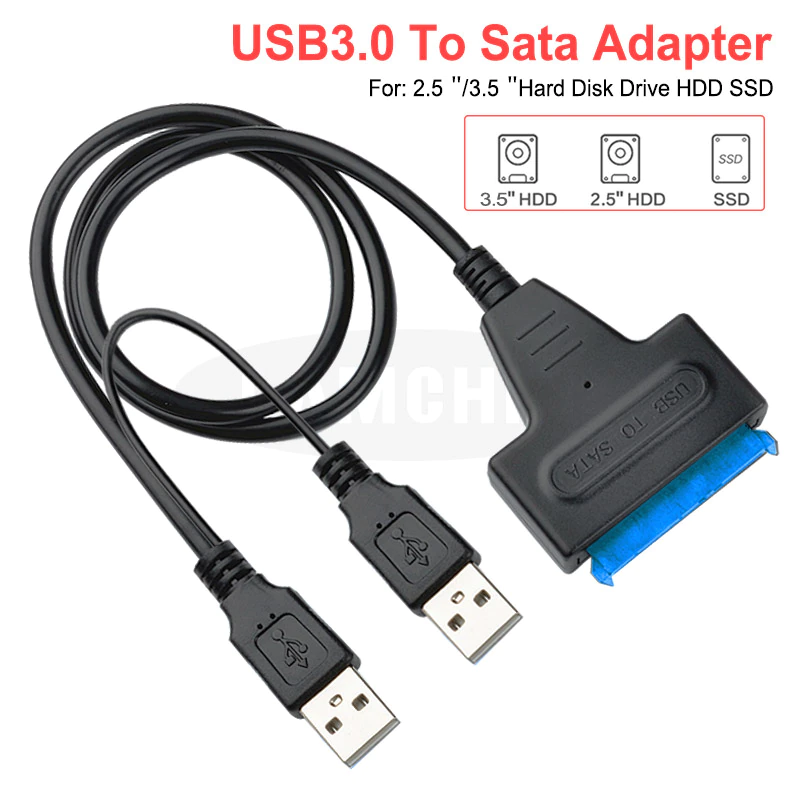
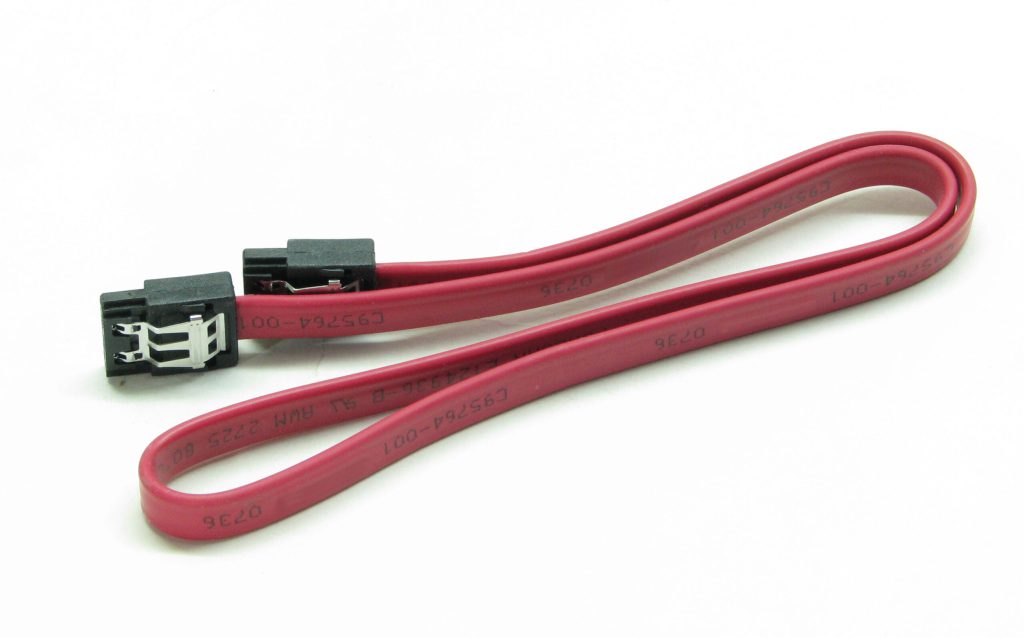
e-SATA Cables
e-SATA or external SATA is a cable that triggers an easy connection of a hard drive to a computer or other storage devices using their connector ports. They provide a convenient way to connect to the device’s exterior parts.
Micro SATA Cables
These cables connect a range of mSATA SSDs to the computers’ motherboards with high data transfer rates.
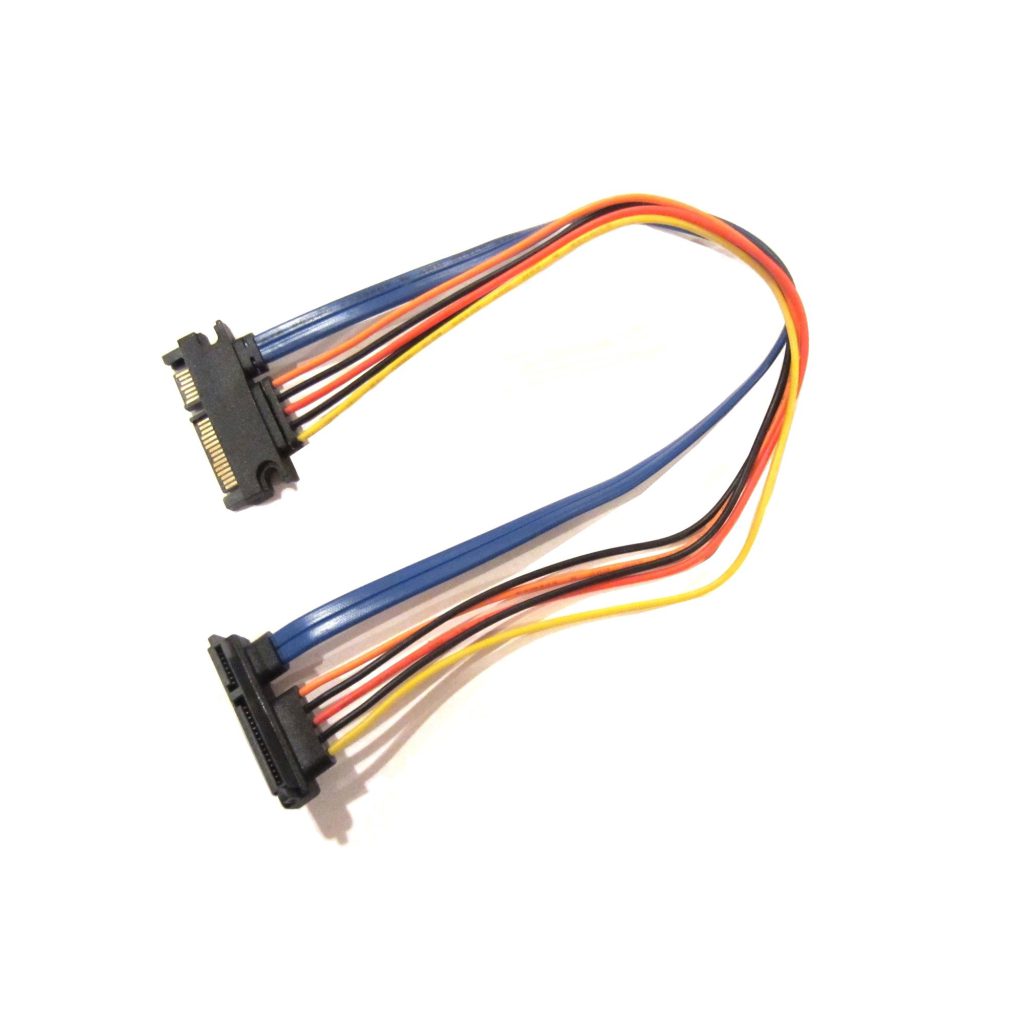

Low Profile SATA Cables
These cables fit under the expanded GPUs and are designed to be used for PC builds with heavy GPUs that obstruct the ports of the SATA cables. Due to their low-profile designs, they avoid bending the SATA cables.
Typical Applications and Benefits of SATA Cables:
SATA cables offer a great range of applications depending on the types and environments where they are used. Some of the typical applications include:
- Serial Advanced Technology Attachment cables connect hard disks to the motherboards via the hard disk’s inlet ports. They are also responsible for power supply to HDDs eliminating the need for additional hard drive power cables.
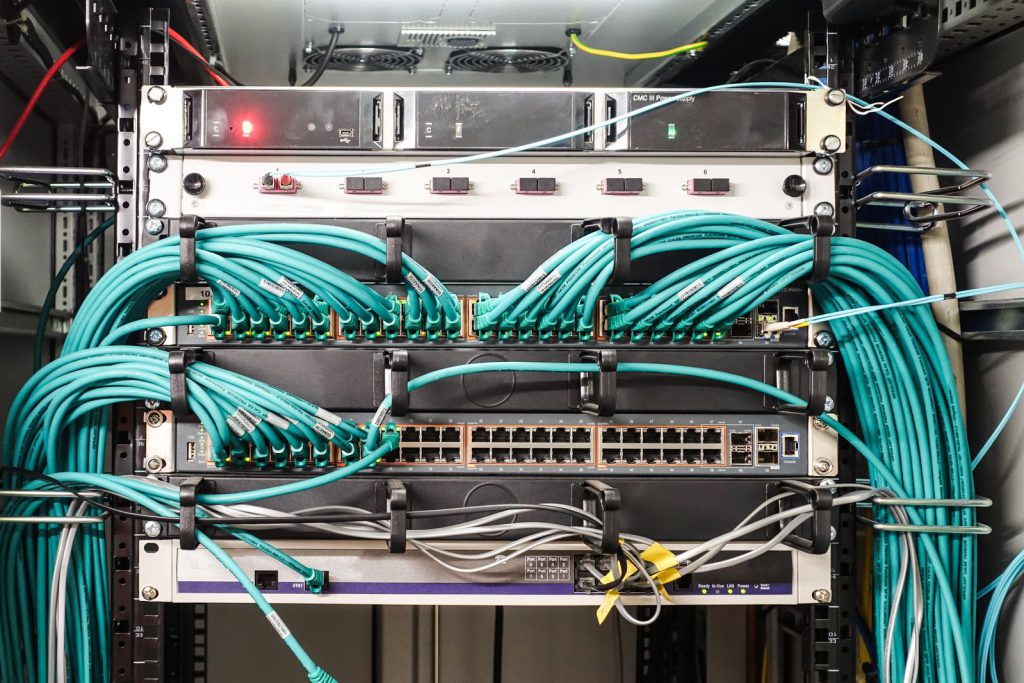
- Furthermore, SATA cables are also used to connect HDDs and SSDs to laptop motherboards. Additionally, they also offer transfer and connection to USB devices using SATA to USB cables for data and file back-off purposes.
The Bottom Lines:
SATA cables allow robust and faster data throughput, resulting in a higher signalling rate. These cables offer excellent compatibility, consume less power, and are space-saving. Their higher supportability for different drives makes them perfect for a range of specific connection applications across multiple storage devices. Users can access their desired applications by choosing the required type of SATA cable. By explaining the benefits of SATA Cables, it is recommended to install them by keeping the crucial installation considerations in mind, and the crucial parameters should be taken into account when selecting the right cable types.







